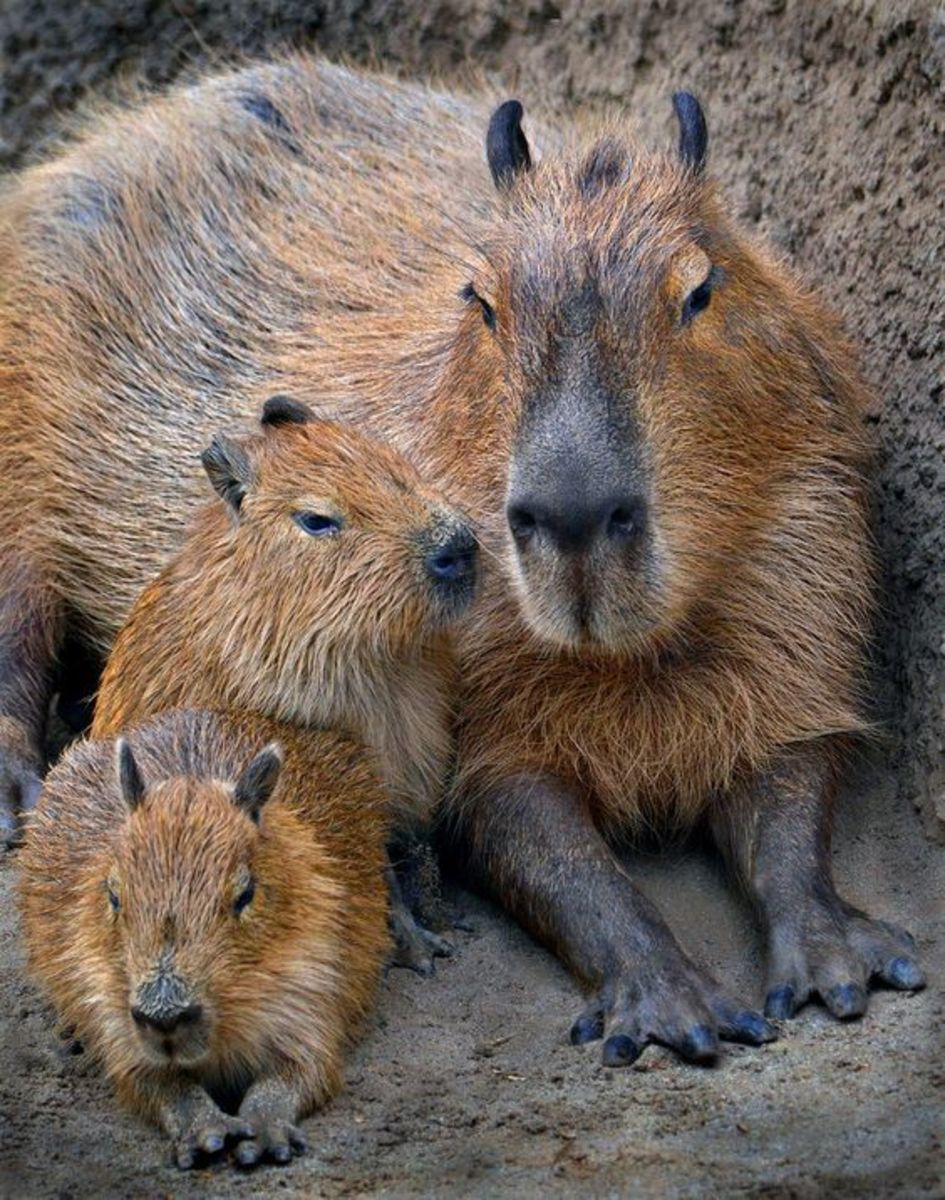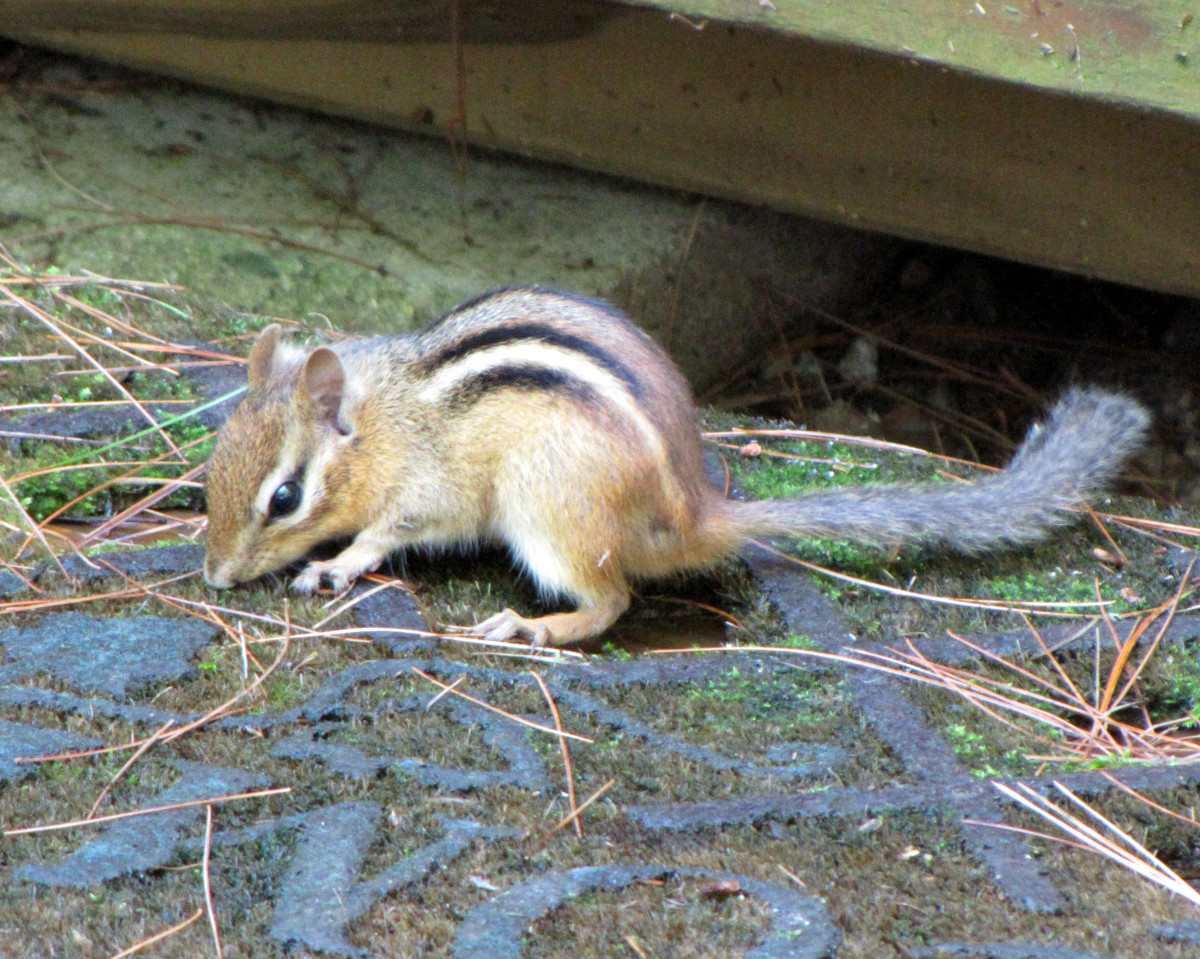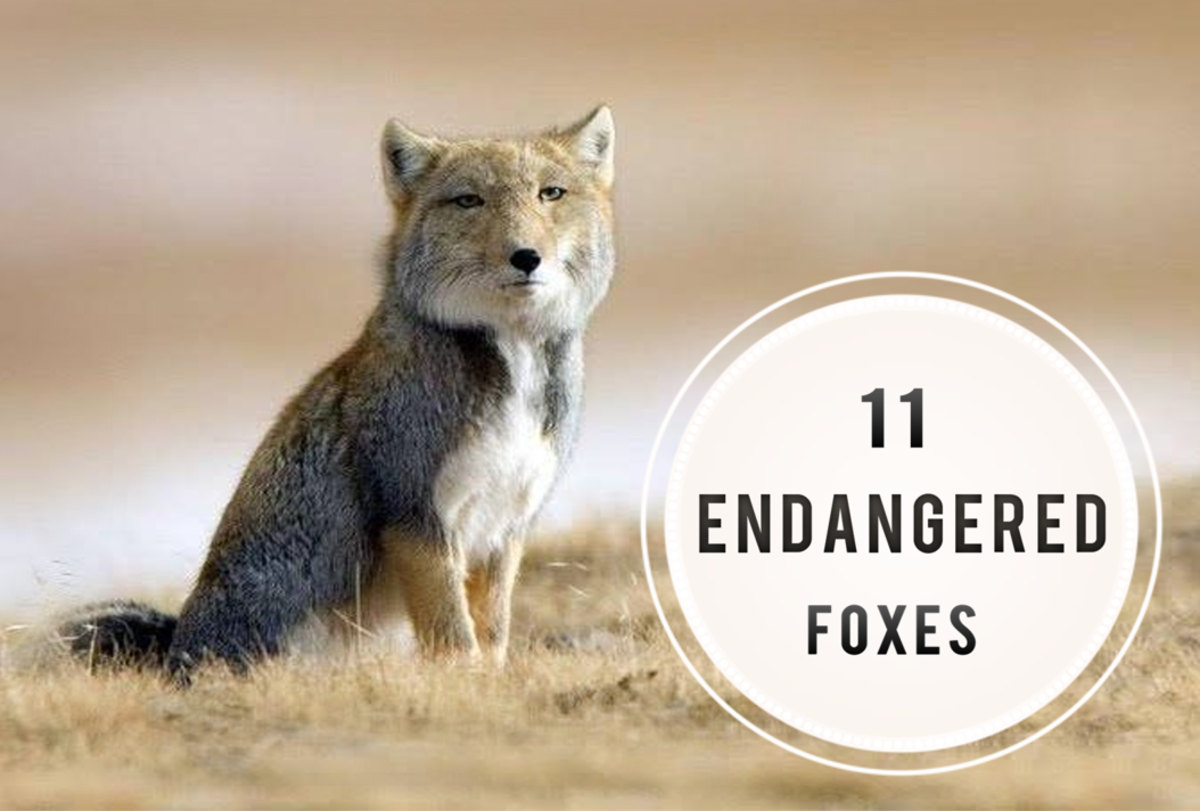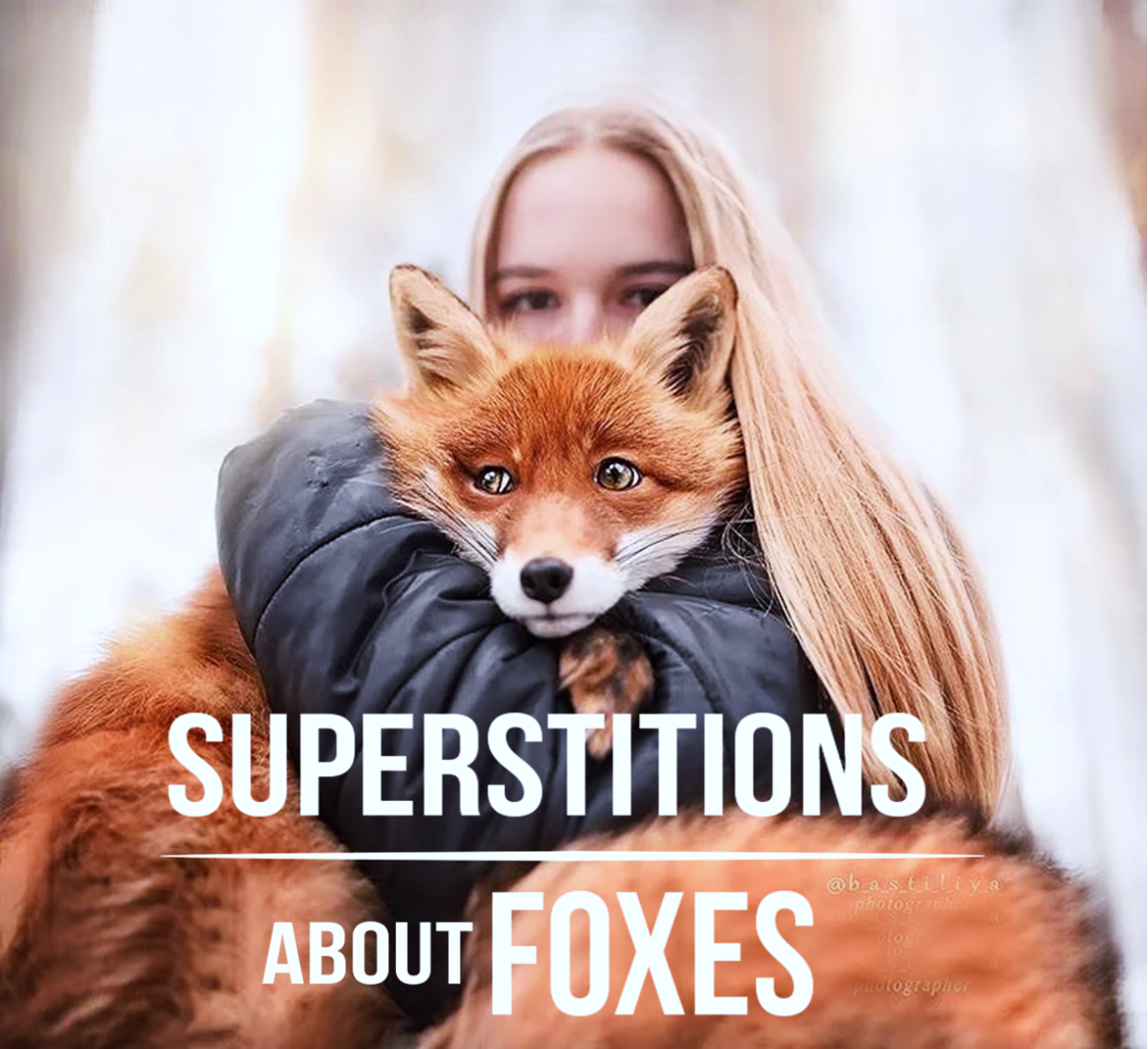Coming to a pond near you: the capybara

Once upon a time there was a lagoon in the middle of Rio de Janeiro with a pop star resident – a 183-pound female capybara. A capybara is the largest rodent on earth, resembling a huge guinea pig. Unlike guinea pigs, capybaras come in only one color, russet. This particular capy was often spied eating grass on the shore or swimming along the edges of the lagoon. The lagoon is still in Rio, but the capy is not. In 2005, the capy swam across the lagoon, down a canal and into the Atlantic ocean. After a day-long hunt, she was captured, but in fear of her getting hurt or drowning, instead of returning her to her urban sanctuary, she was sent to live on a reserve.
People in the area are petitioning and suing the city to have their favorite sight returned. Since Rio was built on swampland, the city was first home to capybaras, then people. A waterside museum set up a capybara exhibit and hundreds of people have signed the guest book. People are concerned that she is less safe on the reserve, where her natural predators (especially jaguars) also roam.
What makes the capybara such a popular rodent? The capy is very shy and not aggressive, since it is herbivorous. With its webbed feet (for standing on mud and swimming) and no tail, it has a sweet disposition, preferring to run and hide under water rather than fight with its rodent teeth.
Capybaras can usually reach 80 kg (175 pounds) in the wild, yet are excellent swimmers. Its nickname is water hogs, carpincho, and they spend their lives near and in the water. Found throughout South America and parts of Central America, except of course the mountains of Chile, they spend the bulk of the day in the water to cool off during the midday heat. They will also hide under the water for up to five minutes to avoid predators. Having nostrils, eyes and ears high on the head they can also hide among reeds or grasses in swamps and water holes. They rest on the banks, where it’s dry. While they are common south of the border, they are a unique sight in the United States. In a 2008 newspaper article, Texans spied what they called a giant South American river rat – it was the capybara.
The capybara gets its name from the Tupi language (Brazil), meaning “one who eats slender leaves” or possible “master of the grasses”. The Hydrochoroerus hydrochoeris (meaning water hog) can reach a length of four feet (1.2 meters). Its coat is sparse and rough, allowing it to swim and dive easily in lakes and rivers. Also called a water cary, the scientific comes from the Greek word for water hog. The fur is pale to dark brown, with tinges of yellow, red and gray, and dries out quickly when back on land.
Capybaras are social animals, living in groups of five to twenty. Like cattle herds, the basic group is a male, his females and his children. But this ‘nuclear family’ model is not a hard and fast rule. Bachelor adult males (those over fifteen months of age) may band together. They almost always sleep in the same area, spreading from there when looking for food, so a general territory is defined, yet they tend to chase intruders away rather than share the territory with other groups. When water holes are scarce, the groups may grow to thirty or fifty, and sometimes as many as 100. Since the capy eats about three kilograms of grass (6-8 pounds) a day,. The territory can range from twelve to fifty acres, and shifts depending on the season (rainy or arid). If a capy senses danger, it will give off a short bark, to hustle the herd into the water to hide. Within the herd, females will nurse and care for babies other than their own litter of one and eight pups. The pups will suckle for about four months, but this is a supplement to the grass they start eating at one week of age.
While the mainstay of their diet is grass, the capybaras will also include aquatic plants in their diet, and add fruits, berries and soft tree bark when available. Seventy-five percent of their diet is restricted to three to six different species of plant. They can incur the wrath of farmers and agriculturists when they damage crops while looking for food. They will enjoy the occasional grain, melon or squash. They sometimes regurgitate their food in order to chew it again, and will also eat their own droppings to help break down the cellulose of the grasses. In captivity, they are known to enjoy alfalfa grass, leaf eater biscuits, apples, carrots and tams. They don’t sleep a lot, dozing while resting in the morning in thickets or wallowing in the mud. They tend to graze in the early morning and early evening.
Like other rodents, the capybara’s two front teeth are constantly growing. If kept indoors, they will gnaw on everything they can find, from carpeting to furniture. They chew in a back-and-forth motion rather than side to side, helping wear the teeth down.
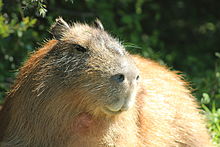
The capy is rather vocal. As noted before it will bark to warn a herd of possible predators. They also have a collection of whistles, chirps, huffs, grunts, squeals, and even purrs for noise-making. Beyond these forms of communications, they use scent secreted by their glands. Youngsters will purr and whistle for adults if they get separated from the herd, while quiet chirping is used between females and pups when the group is moving.
The general life span of a capybara in the wild is ten years, and a little longer in captivity. But it is often threatened by humans, losing natural habitat due to deforestation and increasing pollution levels in their precious water. Humans are also guilty of hunting the tame creatures for their skin, meat and hair. The bristles are used for brushes and the hide makes leather gloves. The meat is especially sought during Lent, dried and salted, especially in Venezuela; because they are aquatic, the capy is considered fair meat for Catholics.
Because they are slow and gentle, capybaras do have a range of predators besides humans. These include jaguars, pumas, ocelots, caimans and eagles. They are one of the best food sources for the world’s heaviest snake, the anaconda, as well as some other large snakes.
Despite the infringement of population on their habitat, capybaras are not technically in danger yet. Nonetheless, some countries have outlawed hunting them. Many countries outlaw keeping them as pets, due to their delicate ecology; some places require a permit to keep them.
If you would like to see what it is like to keep a pet capybara, check out the video of Garibaldi Rous; it is somewhat long but great fun to watch.
Pictures courtesy of Wikipedia: http://en.wikipedia.org/wiki/Capybara
© 2014 Bonnie-Jean Rohner


